Characteristics and cultivation of stromant Tricolor
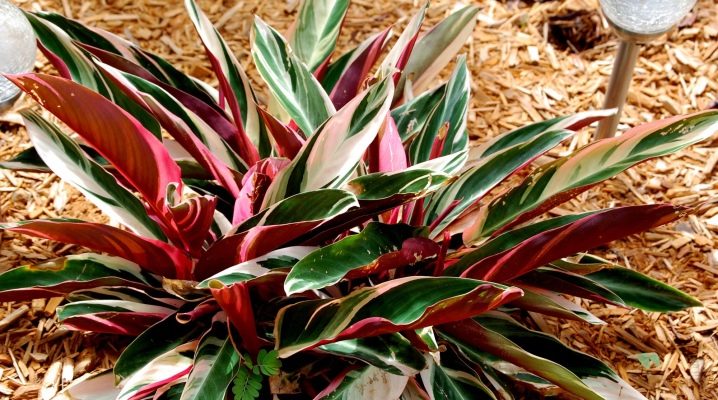
Stromanta is an ornamental deciduous plant that promises prosperity and wealth to its owner. The characteristics and cultivation of the Tricolor stromant are suggestive of a complex and capricious culture. This is partly true, but in fact the plant has simple and unambiguous needs, does not change its tastes throughout the year.
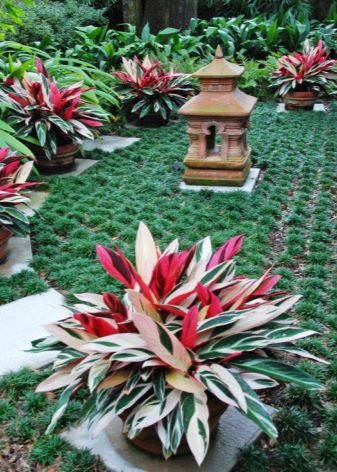
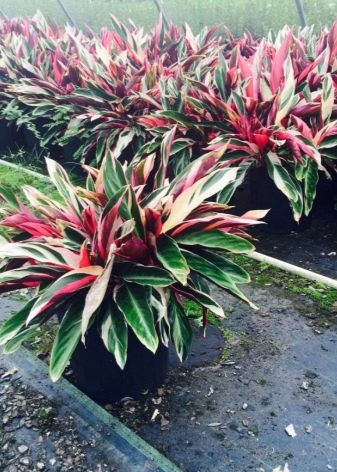
Description of the flower
Stromanta is native to South America. At home, this is a tall bush, up to 1.5 meters in height. Leaves are oval-elongated, with a pointed tip, painted. The color is rich: green and white chaotic juicy stripes. The inside of the leaves is bright red. Petioles are long, deep red.
It belongs to the arrowroot family, which gave flower growers such crops as arrowroot, calathea. In an apartment, the stromant can reach 1 meter, but usually grows more compact.
Almost all indoor stromant species are varieties and hybrids of the same species - blood-red stromanthe (stromanthe sanguinea). It is quite large - up to half a meter high. The leaves are sharp as arrows, up to 20 cm long, 10 cm wide.
They are green on the inside, burgundy on the outside.

Stromanthe tricolor, Tricolor, Multicolor, Triostar, Stromanthe Magic Star are the commercial names of the same variety. It has a contrasting segmental coloration of dark green, snow white and burgundy red. The difference from each other lies only in the name. Different manufacturers give different appealing names for blood red stromante with well-defined white segments.
Sometimes growers find the difference between Triostar and Magic Star. Triostar has fewer white segments, they are narrow, often greenish-yellow rather than white. Sometimes Magic Star can have very narrow white streaks, so the plant looks different. But in fact, the darker version is just a "sport" of the lighter one.
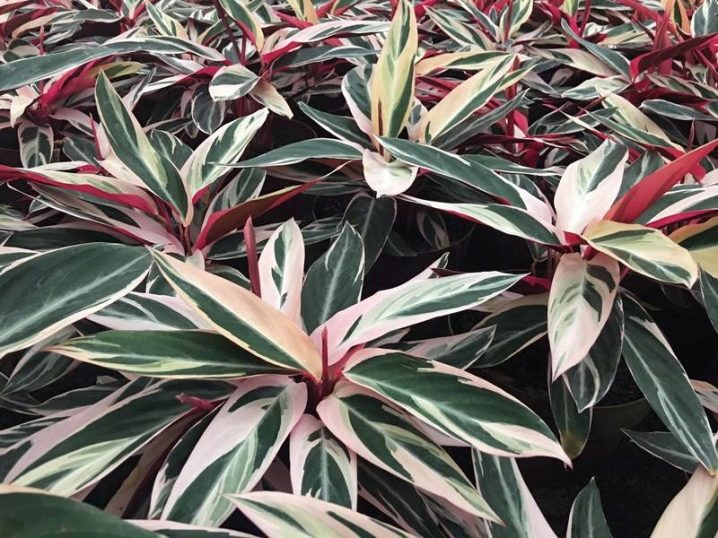
Landing
In nature, stromants are not aware of climate change; they need the same conditions throughout the year. Here's what to look out for at home before planting.
-
Temperature + 22 ... 25 ° С.
-
Humidity 90%. The optimum humidity for humans in residential apartments is 45-60%.
-
Lighting copious but scattered.
In nature, the flower grows under the cover of taller trees, so it is important to choose a place for the plant in the apartment where it will be easiest to provide warmth, humidity and light.
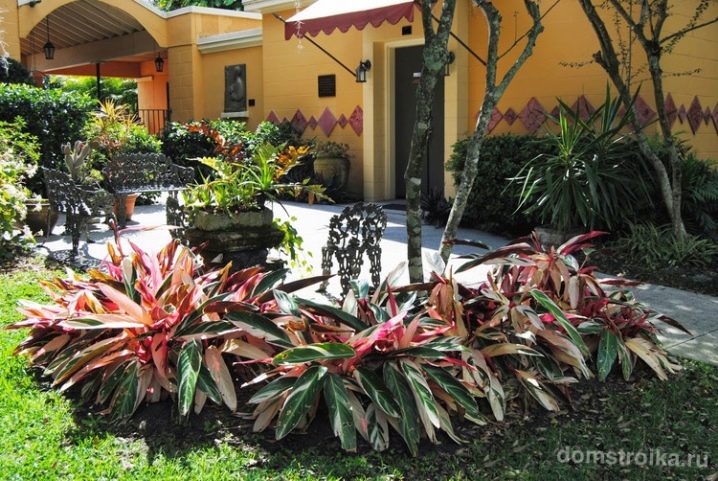
The southern windows are excluded, the scorching light will burn the leaves of the flower. You can place the stromant near the south window at some distance, close, if there is a shade of light curtains. The best window is east, west, southeast, or southwest. In this case, you need to observe whether the hard midday rays fall on the flower.
The flower should be convenient to spray and water, there may be a source of heat nearby.
The pot needs a wide, diameter - half or 2/3 of the diameter of the crown. Deep pots are undesirable, or they need to be filled up to half with large drainage so that there is no risk that the rhizome will start to rot.
The soil for planting should be very loose, well-drying, air-permeable, not prone to tanning or sticking together when moistened. Soil mixture recipe: 4 parts of leafy earth, 2 parts of peat, 1 part of sand, crushed charcoal.
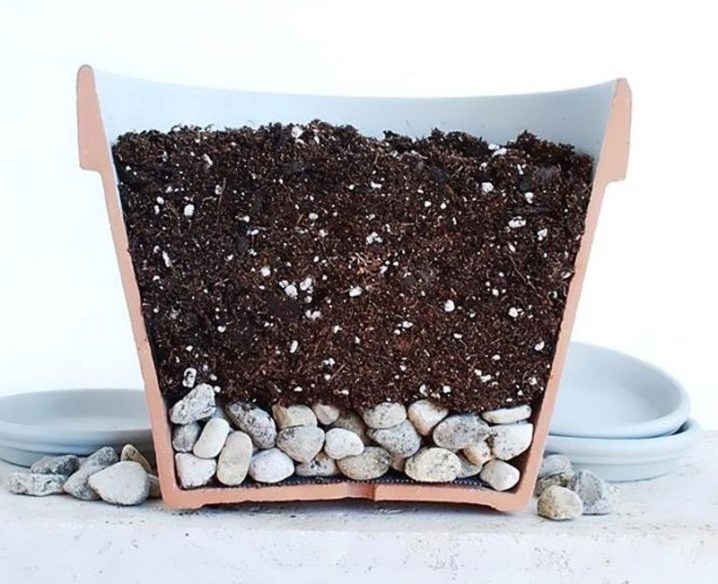
Care
The most important points of care.
-
Provide the plant with a constant temperature. Even to a slight cold snap, the flower reacts negatively.It is necessary to exclude the flow of cold air during ventilation.
-
Watering is regular, only with warm, settled water. The soil should always be moist. In conditions of lack of light, watering can be reduced.
-
Watering must be coordinated with current conditions. In winter, occasional watering is sometimes recommended, because the rooms are dark, but the soil can dry out too quickly due to the proximity of radiators and dry air.
-
The earth lump is spilled abundantly, they wait a few minutes until the moisture soaks it well, and then be sure to drain the excess water from the trays.
-
Sprayed as often as possible, preferably in fog mode... On hot days, preferably at least 2 sprays per day.
-
The plant loves warm showers, Once a week, the plant is washed in the shower, watering the leaves and soil. This procedure not only likes the plant, but also removes the dust from the leaves.
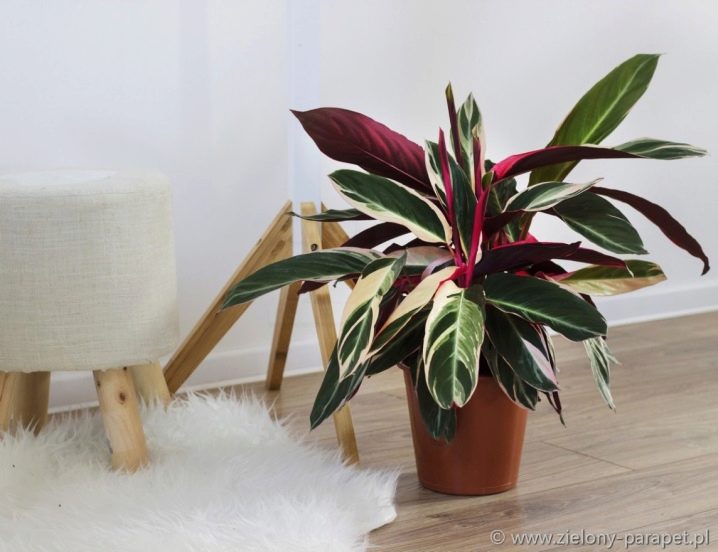
If the plant begins to suffer from a lack of air humidity, a plastic bag is put on it at night.
Lighting is controlled by backlighting. Now there are a lot of types of phytolamps on sale, many of them are decorative and fit well into the interior of any apartment.
For an even more spectacular look, the leaves are treated with polish. Sometimes growers use vegetable oil, but it attracts dirt and dust, and also prevents the plant from breathing. It is better to use industrial formulations. Many of them act as fertilizers at the same time.
The stromanthus is transplanted every year in April. The transplant is combined with dividing the bush if the plant has grown.
The plant does not require feeding, but loves them. They are fed with a complex mineral fertilizer for decorative deciduous plants from March to November.

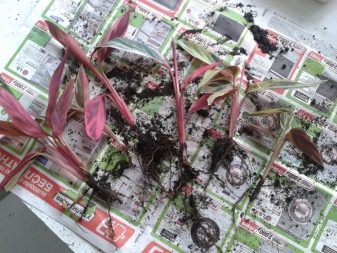
Diseases and pests
Stromanta rarely gets sick with good care. Most common problems.
-
The plant loses its color, the pink stripes fade, the color becomes less contrasting - there is not enough sun.
-
The tips of the leaves dry and curl - too little watering, the roots and the plant do not have enough water.
-
Leaves are falling - lack of air humidity, often sprayed.
-
Sticky white spider web - spider mite. The flower is sprayed with Fitoverm.
-
Brownish bumps - scabbards. The plant is washed with a sponge and sprayed with Fitoverm.
And also the plant can infect aphids. It is washed off with water and green soap. You can spray the plant with infusion of ash or garlic.
Overflow can lead to root rot. In this case, the leaves turn yellow, hang with rags. The plant needs urgent help. The stromant is taken out of the pot, washed in potassium permanganate, allowed to dry in the fresh air, the roots are examined, all blackened are cut out, sprinkled with crushed coal, planted in fresh, calcined, looser soil. In the future, reduce watering.

Reproduction
Stromanta does not propagate through leaves. There are three breeding methods.
-
Apical cutting. Cut off the stem with leaves of at least 10 cm, put in water. The roots will appear in 3 weeks.
-
Dividing the bush... When transplanting, the lateral processes are separated. Each of them must have at least 3 leaves. They are immediately planted in individual pots, covered with polyethylene.
-
Seeds... Almost never used at home. Seeds are tough-growing, need an abundance of warmth and light.
After a while, growers get used to caring for the stromant, and it begins to seem like a very simple and unpretentious indoor plant. In addition, everything pays off with her exotic, catchy beauty. One such plant is enough to refresh a boring room.
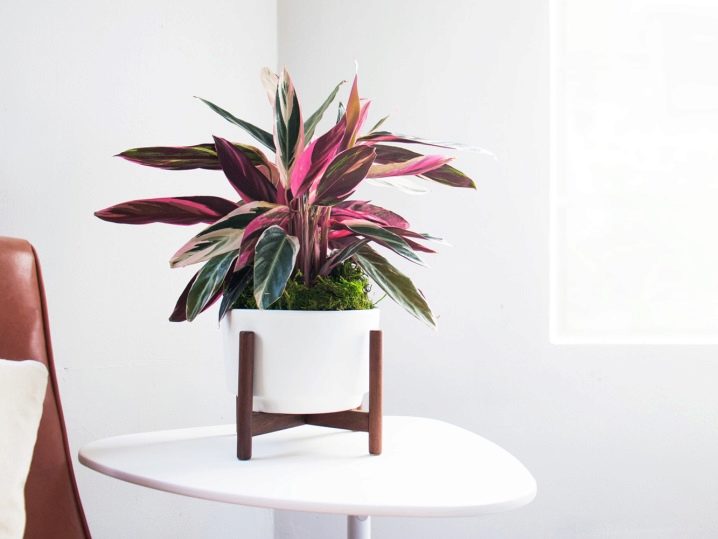



































































The comment was sent successfully.